Rethinking the Roadmap of WAF, ModSecure, Coraza & CRS

The Cloudsine-WebOrion team, represented by CEO Matthias Chin, joined the OWASP CRS Community Summit and Global Appsec Conference in Lisbon from 26 to 28 June 2024. This gathering of cyber security experts from around the globe provided invaluable insights into the future of WAF and application security. Highlights from the OWASP CRS Summit The OWASP […]
Web Application Firewall Explained
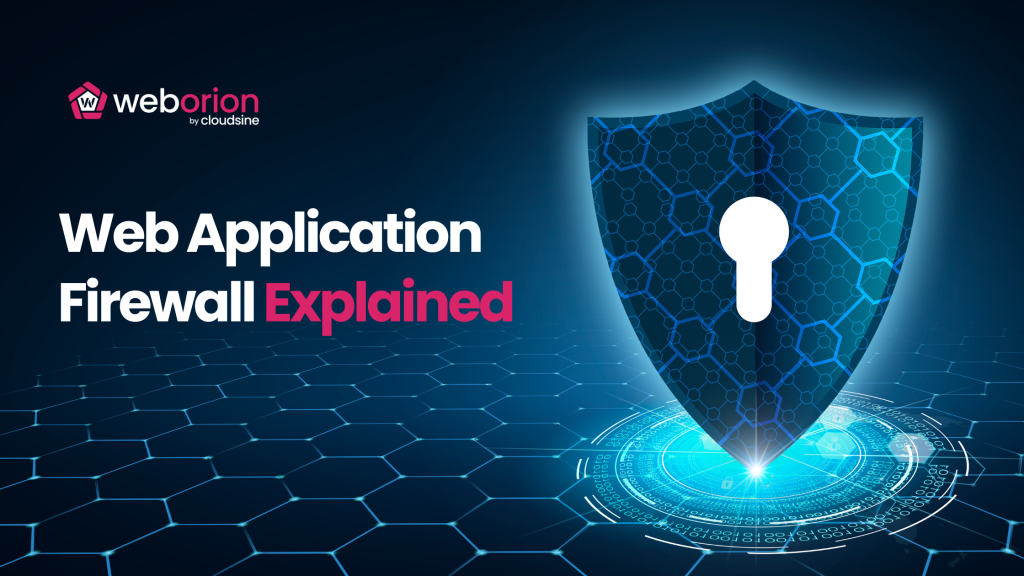
Today, web applications have become a prime target for threat actors. According to the Verizon 2024 Data Breach Investigations Report, 20% of data breaches occurred due to vulnerability exploitation of web applications, with this percentage expected to rise by 2025. Even more concerning is the cost of data breach, which was estimated at USD4.45million per […]
Whois Monitoring with WebOrion® Monitor
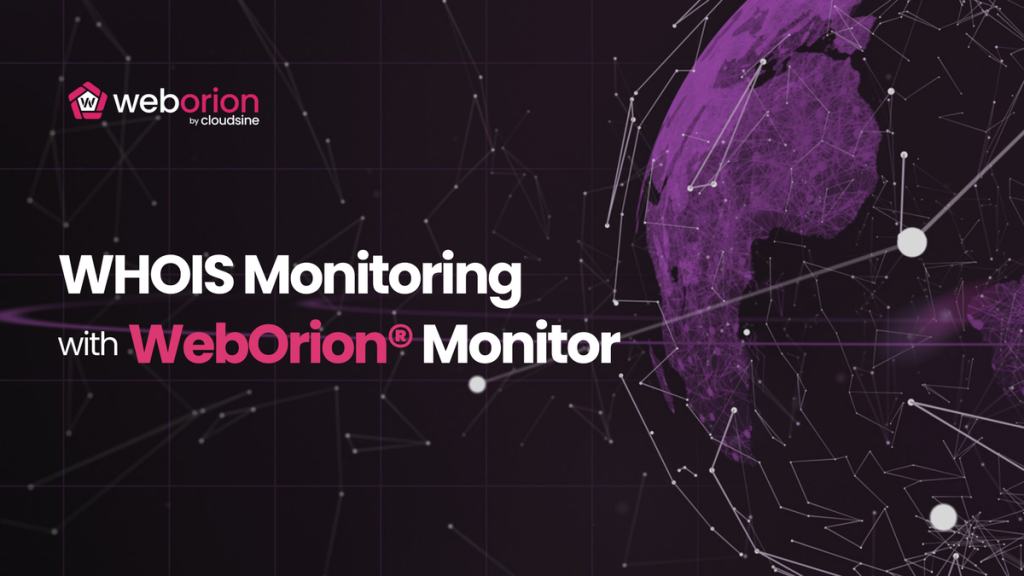
Have you ever clicked on a website and wondered who owns it? That’s the use of Whois, a public database that has all this information and more: Registered owner name and contact details: This lets you know who owns a particular website. Registration date and expiration date: This helps you understand how long a domain […]
What is Web Application Security?
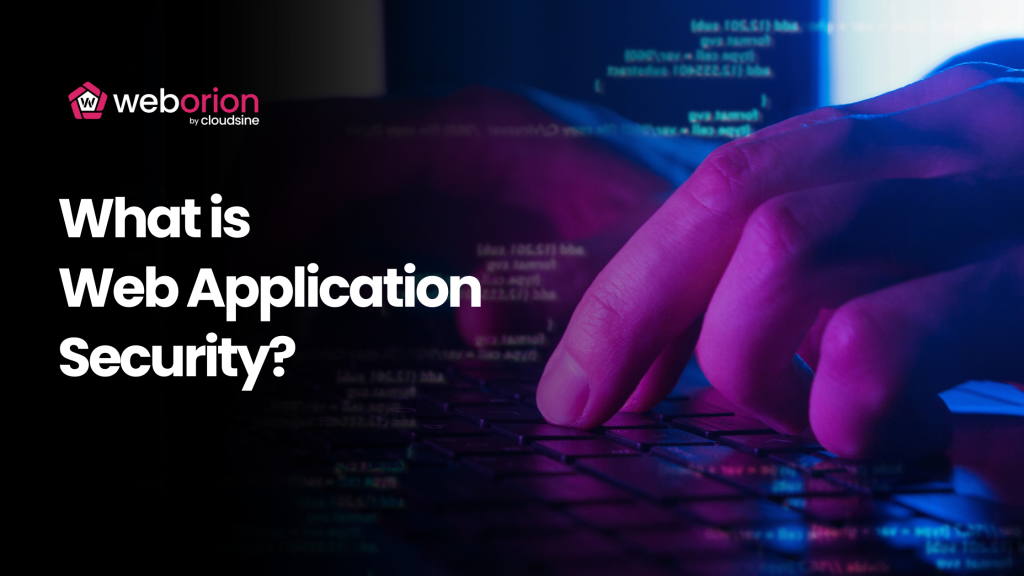
In an era where web applications are becoming increasingly complex, it is essential to secure them. Web application security is critical to online safety, designed to protect websites from attacks and unauthorised access. Common Attacks on Web Applications Web application security addresses common threats such as the OWASP Top 10 web application security risks. This […]
What is DNS Monitoring?
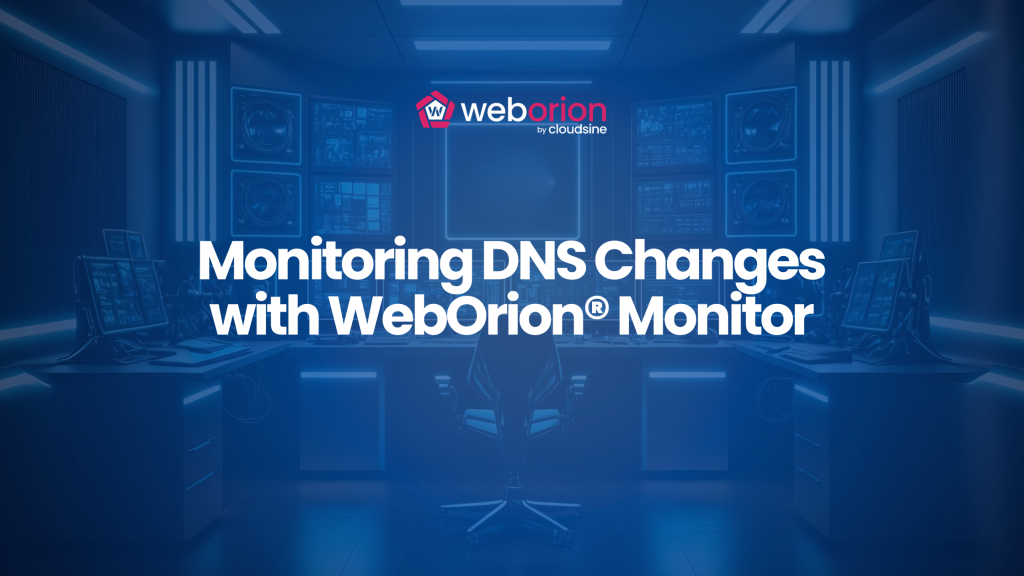
Have you ever clicked a link and landed on a strange website? This could be a sign of Domain Name System (DNS) tampering. DNS monitoring is essential for website owners, as it regularly checks for any changes to your DNS records and alerts you to potential security threats. In this blog post, we’ll delve into […]
Cloudsine Joins the Amazon EC2 Spot Ready Partner Program
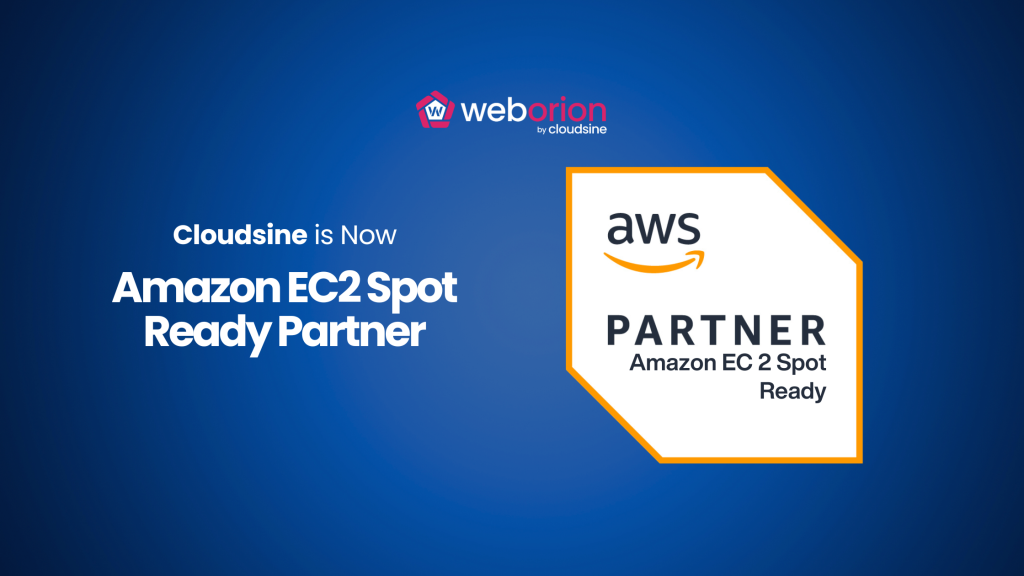
Cloudsine is proud to announce that we’ve been named an Amazon EC2 Spot Ready Partner. Joining the Amazon EC2 Spot Ready Program differentiates Cloudsine as a partner with a product which works on Amazon EC2 Spot Instances and is generally available for and fully supports AWS customers. Our flagship product, WebOrion®, is inherently flexible, capable […]
How Web Defacement Monitoring Protects Your Online Reputation
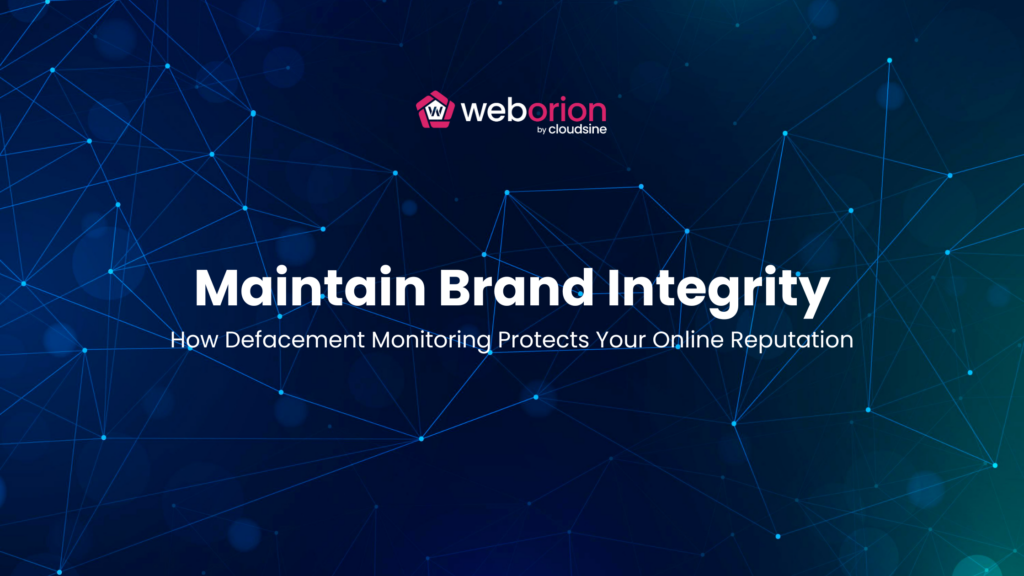
Have you ever considered the impact a defaced website could have on your business? Website defacement, where attackers alter your website content, can lead to a loss of trust, customer churn, and even financial loss. Thankfully, web defacement monitoring can protect your online reputation. This blog post explores how this proactive approach alerts you of […]
Ensuring Website Security: Key Factors for Online Safety
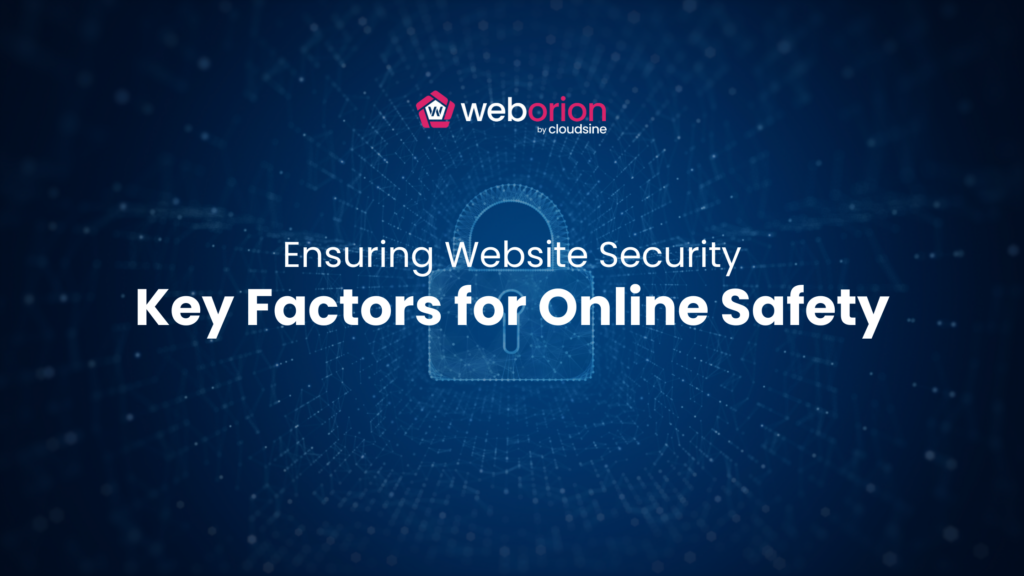
In today’s digital landscape, the Internet is a vital hub for businesses and individuals. We conduct transactions, store sensitive information, and connect with the world through websites. However, this reliance on online platforms brings with it a crucial concern: website security. Website security refers to the measures taken to protect a website from unauthorized access, […]
Choose WebOrion® for Comprehensive Web Security
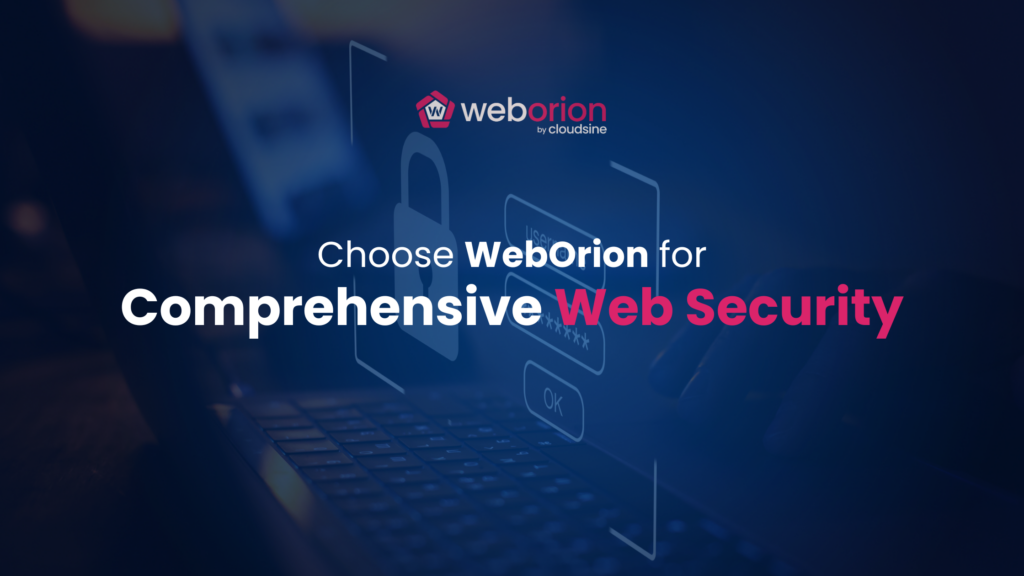
In an era of digital threats, keeping your online presence secure is more important than ever. Choosing the right web security solution can be the difference between vulnerability and resilience. This is where WebOrion® enters, a comprehensive web security solution. Let’s delve into three ways WebOrion® stands out as the go-to choice for ensuring your […]
Understanding Website Defacement Attacks
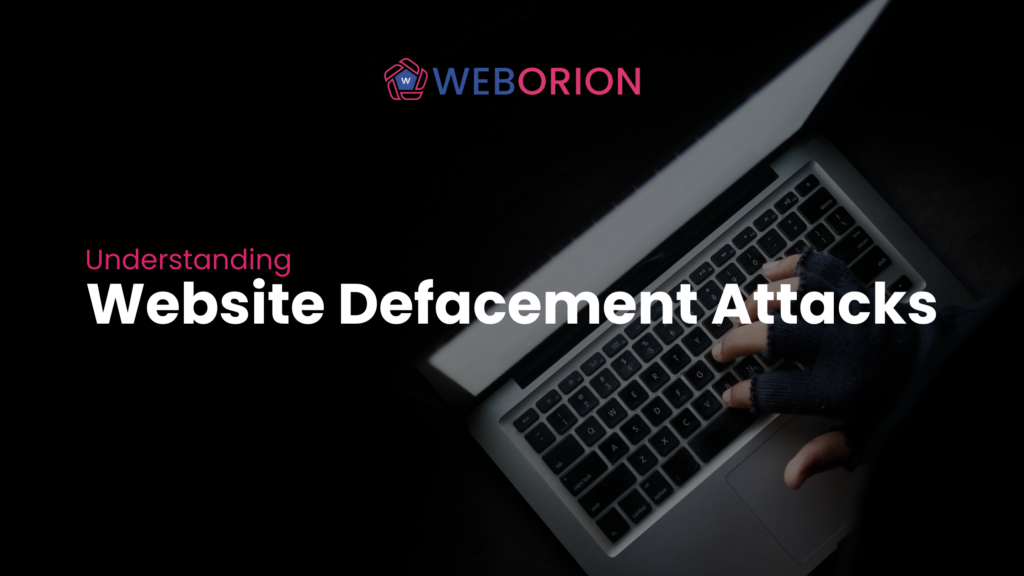
In today’s digital landscape, safeguarding your online presence is critical. In this article we’ll dive into the nuances of website defacement, unraveling the associated threats and potential consequences. Gain actionable insights into fortifying your digital assets against website defacement attacks. What are Website Defacement Attacks? Website defacement attacks refer to the unauthorized alteration of a website’s […]
